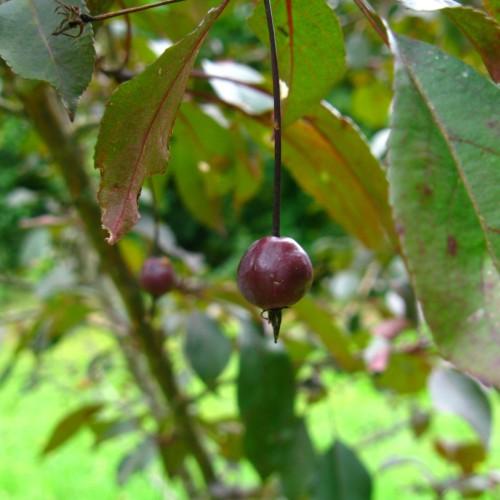
Dwarf Hackberry
Celtis tenuifolia
Also Known As - Georgia Hackberry,Small Sugar HackberryWatering:
Frequent
Hardiness Zone:
Sun:
full sun,part shade
Leaf:
Yes
Growth Rate:
Low
Drought Tolerant:
Yes
Salt Tolerant:
Yes
watering
Snowbrush Ceanothus (Ceanothus velutinus var. velutinus) should be watered deeply but infrequently, meaning that the soil should be allowed to dry out slightly between waterings. Water the plant deeply once every 7 to 10 days during active periods of growth throughout the summer. In the winter, reduce watering frequency to every 2 to 4 weeks. Be sure to pay attention to the soil to ensure that it does not become overly dry. Water when the top inch or so of soil is dry.
sunlight
Snowbrush Ceanothus (Ceanothus velutinus var. velutinus) is a drought tolerant species of plant that requires 5-6 hours of direct sunlight per day and thrives best in full sun. While this species of plant can survive with less sunlight, more sun will stimulate fuller growth and brighter blooms. If grown in shady areas, this plant can become lanky in shape and lack flower production and color. For best results, Snowbrush Ceanothus should be planted in a sunny area that receives at least 5-6 hours of direct sunlight each day.
pruning
Snowbrush Ceanothus is a hardy, evergreen shrub native to western North America. It is easily grown in the home landscape, and requires minimal pruning. Pruning should be done in early spring before new growth emerges. Prune by removing any dead, diseased, or damaged branches, removing crossing branches, and cutting back overly long stems to encourage bushier growth. Pruning can also be used to shape the shrub, and to thin out dense foliage by removing 1 in 3 branches. Overly aggressive pruning should be avoided, as this will have a negative impact on the plant’s health.
